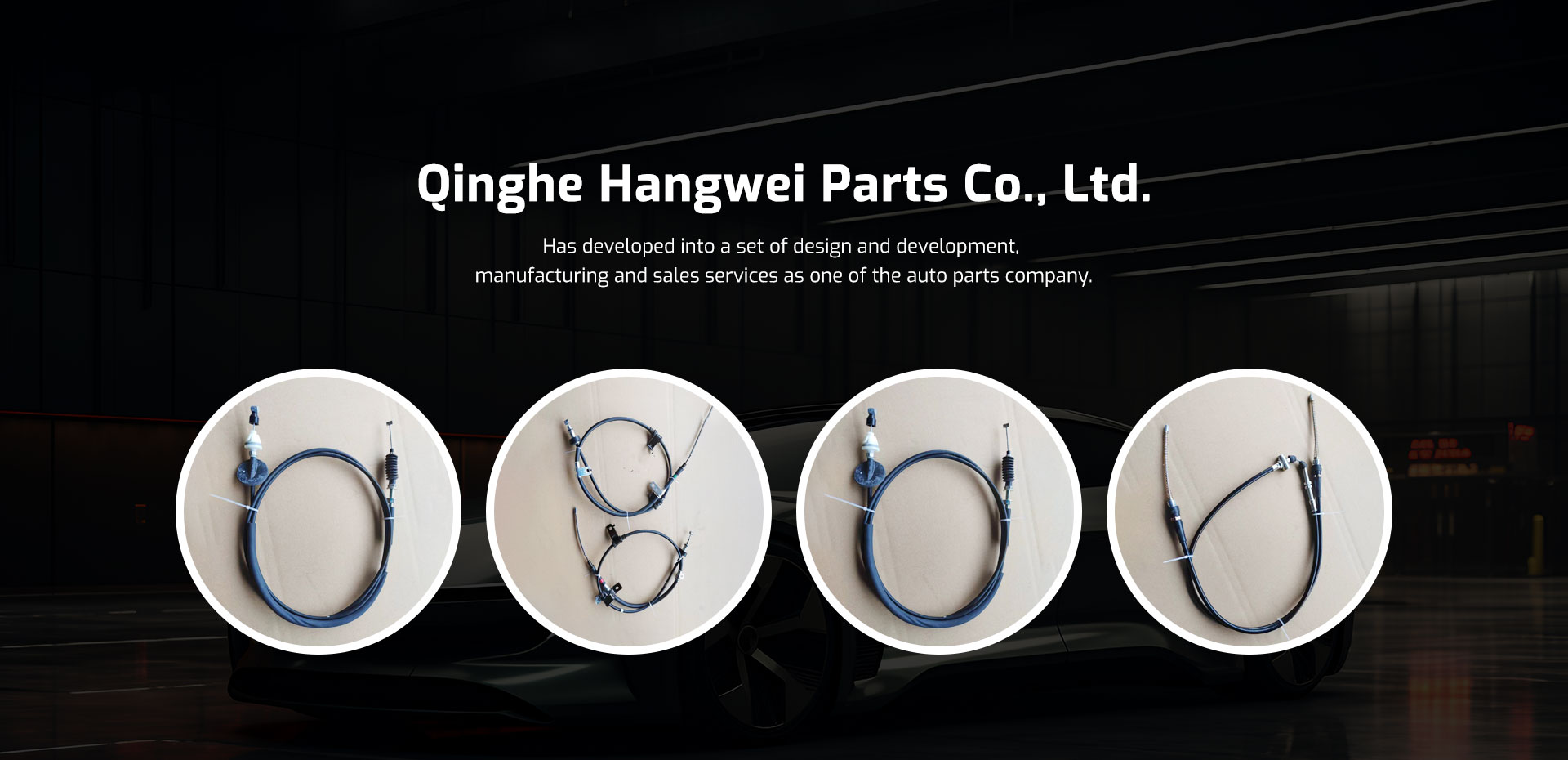changing shifter cable
Changing the Shifter Cable A Comprehensive Guide
Changing the shifter cable in your vehicle is an essential maintenance task that can significantly improve your driving experience. Whether you're an avid DIYer or a casual car owner, understanding the shifter cable's role and how to properly replace it can save you both time and money. In this article, we will delve into the importance of the shifter cable, signs of wear, and a step-by-step guide on how to change it.
Understanding the Shifter Cable
The shifter cable connects the gear shift lever located inside your car to the transmission. Its primary function is to transmit the movement of the shifter to the transmission, allowing the driver to smoothly change gears. Over time, due to wear and tear, heat, and exposure to harsh conditions, the shifter cable can degrade, leading to a range of issues, from difficulty shifting gears to complete gear selection failure.
Signs You Need to Change the Shifter Cable
Before undertaking the task of changing your shifter cable, you should be aware of some common signs that indicate it may need replacement
1. Difficulty Shifting Gears If you find it increasingly challenging to shift between gears, especially if you have to exert more effort than usual, this could signify a failing shifter cable.
2. Unresponsive Gear Changes If your gear shifter moves but does not engage with the transmission, it could mean that the cable is stretched or damaged.
3. Visible Damage Inspect the cable for any fraying, cracks, or breaks. A visual inspection can often reveal significant wear.
Tools and Materials Needed
Before you start the replacement process, gather the following tools and materials
changing shifter cable

- New shifter cable compatible with your vehicle model - Wrenches and socket set - Screwdrivers - Pliers - Lubricant (optional) - Jack and jack stands (if necessary) - Safety goggles and gloves
Step-by-Step Guide to Changing the Shifter Cable
1. Prepare Your Vehicle Before you work on any part of your vehicle, ensure it is parked on a flat surface and the engine is turned off. Engage the parking brake for added safety.
2. Access the Shifter Cable Depending on your vehicle, you may need to remove the center console to access the shifter mechanism. Use your screwdrivers to carefully detach any panels or screws.
3. Disconnect the Old Cable Locate the shifter cable’s connection points. Typically, there will be a clip or retaining bolt holding the cable in place. Use your pliers or wrench to carefully remove these fasteners. Keep track of how the cable is routed for reinstallation.
4. Remove the Cable from the Transmission Follow the cable to the transmission and detach it from its attachment point. You might need to consult your vehicle’s manual for specific instructions on how to access the transmission linkage.
5. Install the New Cable Take your new shifter cable and route it in the same manner as the old one. Attach it to the transmission first, ensuring it is secured properly. Double-check the connection to avoid future problems.
6. Reconnect to the Shifter Bring the other end of the cable to the shifter mechanism within the cabin. Secure it in place using the clips or retainers.
7. Reassemble the Console Once everything is connected, replace the center console or any panels you removed earlier. Ensure all screws and clips are fastened tightly.
8. Test the Shifter Before putting everything back together, test the shifter to make sure it is functioning correctly without any resistance or issues. If all is well, tidy up the workspace and keep the tools aside.
Conclusion
Changing the shifter cable is a straightforward process that can make a significant difference in your vehicle's performance. By recognizing the signs of wear and following these steps, you can confidently undertake this task on your own. Regular maintenance is key to ensuring your vehicle operates at its best, and addressing issues like a faulty shifter cable early on can prevent more costly repairs down the line. Remember to consult your vehicle’s owner manual for specific details tailored to your model and always prioritize safety during the process. Happy driving!
-
Workings of Clutch Pipe and Hose SystemsNewsJun.04,2025
-
The Inner Workings of Hand Brake Cable SystemsNewsJun.04,2025
-
The Secrets of Throttle and Accelerator CablesNewsJun.04,2025
-
The Hidden Lifeline of Your Transmission Gear Shift CablesNewsJun.04,2025
-
Demystifying Gear Cables and Shift LinkagesNewsJun.04,2025
-
Decoding Clutch Line Systems A Comprehensive GuideNewsJun.04,2025
